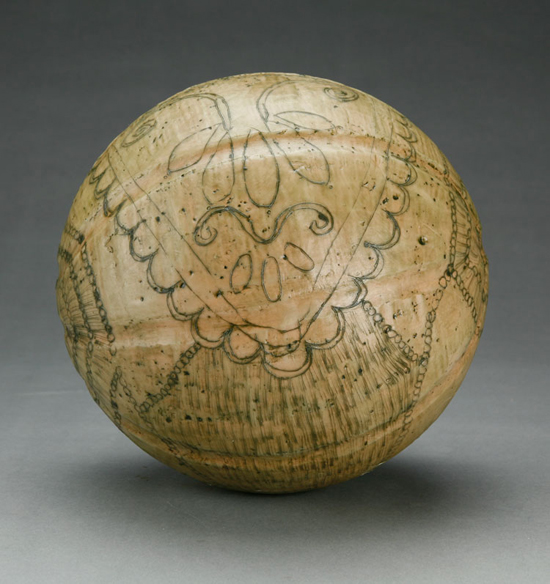
The Great Plains Art Museum announced the winners of its juried exhibition, "Contemporary Indigeneity: The New Art of the Great Plains."
The winning artists, announced by awarding juror Hulleah J. Tsinhnahjinnie at a First Friday awards ceremony and opening reception on July 6, include:
- Best of Show -- Gina Adams, Lawrence, Kan. ($1,500 award).
- Best 3-D Work -- Veronica Schrupp, Lakota, N.D. ($1,000).
- Best 2-D Work -- Gerald Martin Cournoyer, Kyle, S.D. ($1,000).
- Viewer's Choice Award -- H. Kenneth Dalgarno, Moose Jaw, Saskatchewan ($300), selected by vote of the Great Plains Art Museum audience.
- Bobby Penn Award -- Molly Murphy Adams, Tulsa, Okla. ($300), award sponsored by The Indian Center Inc.
- Great Plains Art Museum Exhibition Award -- Valery Killscrow Copeland, Omaha ($300); Copeland is guaranteed inclusion in a solo or group exhibition at the Great Plains Art Museum in the next two years.
- Most Innovative Use of Media -- Laurie A. Whitehawk, Wapato, Wash. ($300).
- Best Student/Nonprofessional Work -- Isaiah Russell Stewart, Lawrence, Kan. ($300).
"How does one describe, enact, and translate creatively 'indigeneity?'" Tsinhnahjinnie said in announcing the winners. "First there is the understanding of the word as indigenous cultures, reclaiming history, renaming, educating, decolonizing, activating thought, recognizing perspectives from an indigenous center, and the recognition of indigenous pedagogy, indigenous intellect, responsibility. As I surveyed the prize categories, indigeneity was my lens."
Adams was recognized for her body of work in five pieces from her "Lace Bead" series: "Honoring Modern Lace Bead I," "Honoring Modern Lace Bead II," "Lace Bead Heritage I," "Lace Bead Heritage III" and "Honoring Ancient Lace Bead II." She said she was was moved by Tsinhnahjinnie's description of her decision process.
"I sat in the audience listening to Hulleah J. Tsinhnahjinnie's introduction to the awards ceremony," Adams said. "She said she was 'careful to choose based upon the title of the show, and that with this title comes the effects of colonization.' Every cell in my body was attentive to her every word. She was speaking my language; she understood the effects colonization has had. She knew what I had been reading; she understood deeply all that I had devoured every day for the past two years.
"She also understood the affects that were held in my heart, and therefore processed into my artwork. Her words of artistic inventiveness and repurposing of materials came through. She announced that she read each and every artist statement and then and there I knew this show was unlike others that I have entered. Too often, you enter shows as an artist where the statement, although required for entry submission, is left alone and never read. The ideas behind the work thus are missed and unconsidered. By the time my name was called I realized that I had tears streaming down my face. It felt good as an artist to be heard as well as having the art considered! Miigwetch." ("Miigwetch" is an Ojibwe word meaning "thank you.")
The exhibition continues through July 29 and all winning artworks are marked with their medals. This is the first juried exhibition hosted by the Great Plains Art Museum and strives to convey the spectrum of contemporary visual art and fine craft in the Great Plains region, with a special emphasis on Native American culture.
Tsinhnahjinnie has been a recipient of the Eiteljorg Fellowship for Native American Fine Art, a Chancellor's Fellowship at the University of California, Irvine, the First Peoples Community Artist Award, and a Rockefeller artist in residence. She is director of the C.N. Gorman Museum at the University of California, Davis, and assistant professor in the Department of Native American Studies at UC Davis.
The museum is open to the public 10 a.m.-5 p.m. Tuesday through Saturday and 1:30-5 p.m. Sundays (closed Mondays, holiday weekends and between exhibitions). There is no admission charge.
- Amber Mohr
More details at: http://go.unl.edu/9xp